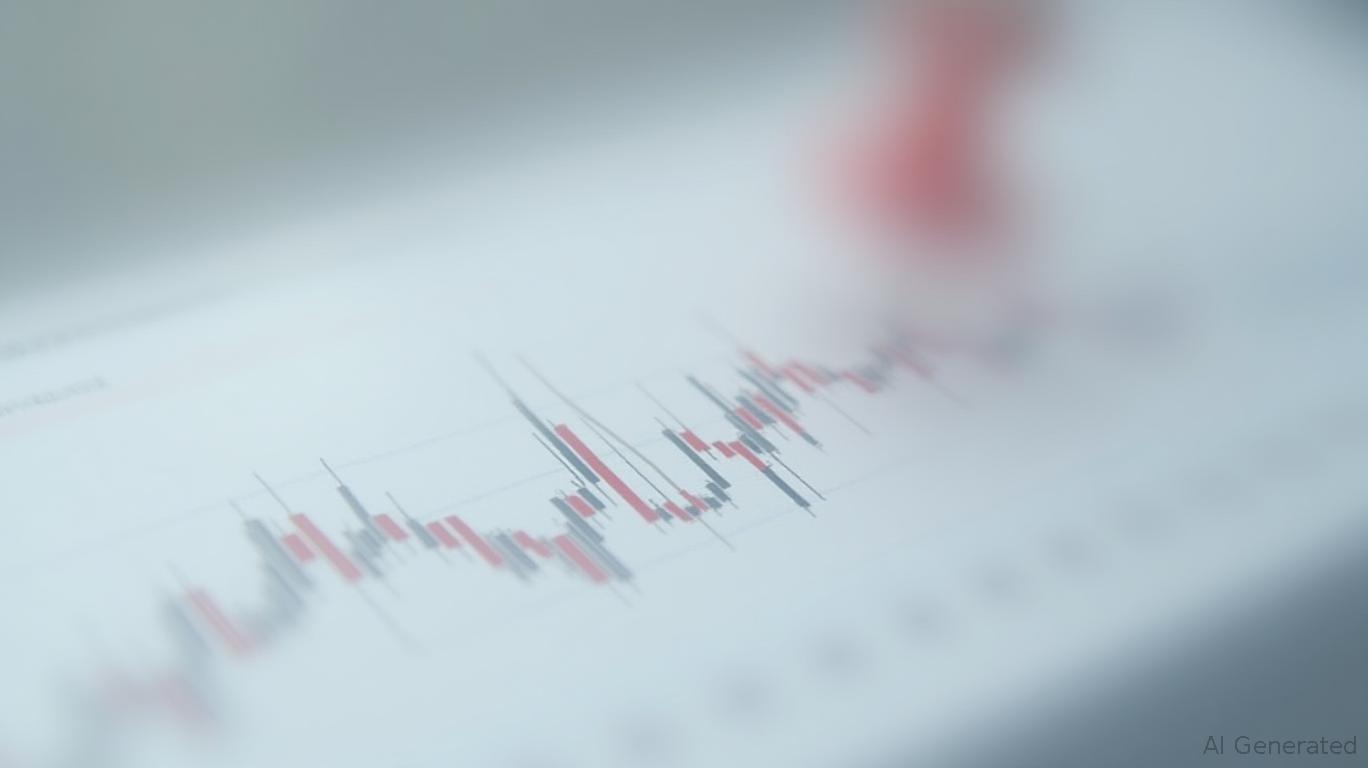VOOG's $0.4920 Dividend: A Steady Anchor in Volatile Markets
The Vanguard S&P 500 Growth ETF (VOOG) has long been a cornerstone of growth-oriented portfolios, offering exposure to the S&P 500 Growth Index while maintaining Vanguard's trademark low-cost efficiency. Its recent $0.4920 quarterly distribution, announced ahead of the July 2, 2025 ex-dividend date, underscores its role as a consistent income generator amid market turbulence. This article explores how VOOG's dividend strategy aligns with both income-seeking and growth-focused investors, while analyzing its valuation opportunities in a volatile landscape.

The Dividend as a Signal of Resilience
VOOG's $0.4920 distribution, paid on July 9, 2025, to shareholders who held the ETF by the July 2 ex-dividend date, reflects the underlying health of the S&P 500 Growth Index. While this dividend is slightly below its December 2024 payout of $0.5336, it remains consistent with the fund's quarterly distribution pattern. The S&P 500 Growth Index, which tracks large-cap growth companies like
, , and , has historically generated steady cash flows through dividends and capital appreciation. For investors, this distribution underscores the ETF's ability to convert index-level earnings into regular income, a critical feature for retirees or those seeking to offset portfolio volatility.Dividend Yield vs. S&P 500 Peers: A Balanced Perspective
VOOG's trailing 12-month dividend yield of 0.5% may seem modest compared to actively managed growth funds or high-yield ETFs. However, this figure aligns with the S&P 500 Growth Index's inherent focus on reinvesting earnings for growth rather than maximizing dividends. While peers like the iShares S&P 500 Growth ETF (IVW) or the Fidelity MSCI US Prime Growth ETF (FPRG) offer similar yields, VOOG's edge lies in its expense ratio of 0.06%, the lowest among its peers. This cost advantage ensures more of the index's returns flow to investors, making even a modest yield impactful over time.
Valuation Opportunities Amid Market Volatility
The S&P 500 Growth Index's valuation metrics, such as its forward P/E ratio of 24.5x, suggest neither extreme overvaluation nor undervaluation. However, VOOG's consistent dividends signal that the index's components are generating stable cash flows, even as macroeconomic concerns linger. For investors, this could indicate an opportunity to “buy the dip” if growth stocks face near-term corrections. The ETF's low cost and broad diversification (holding over 200 companies) reduce idiosyncratic risk, making it a safer bet than concentrated growth stocks.
Why Reinvesting Distributions Matters Now
Reinvesting VOOG's dividends leverages compounding to amplify long-term gains. For instance, an initial $10,000 investment in VOOG over 10 years with dividends reinvested at a 0.5% yield and 7% annual growth could grow to nearly $20,000—a stark contrast to the $14,970 from principal growth alone. Vanguard's indexing strategy ensures minimal frictional costs, maximizing the benefit of reinvestment. Investors should act by July 2 to secure the current distribution, as holding the ETF post-ex-date forfeits the right to the payout.
Final Take: VOOG as a Growth-and-Income Hybrid
VOOG excels as a strategic tool for portfolios needing both growth and income. Its dividend, while not the highest, is reliable and paired with a valuation that avoids overextension. With the July 2 ex-dividend date approaching, investors should consider scaling into the ETF to capture compounding benefits. For those prioritizing low costs and broad exposure to growth leaders, VOOG remains a compelling choice—even in uncertain markets.
Final note: Always consult your financial advisor before making investment decisions.

Comments
No comments yet